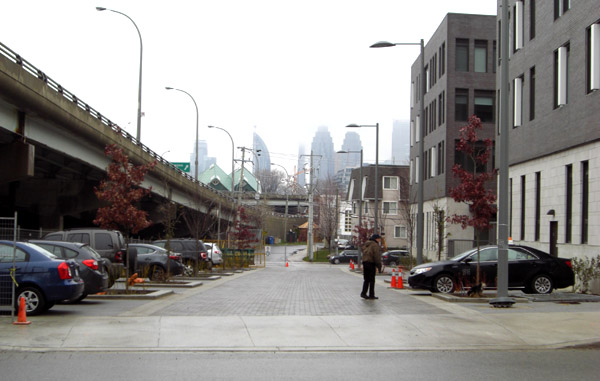W. K. Lis
Superstar
...
There's also the reality that while the fire truck can be narrowed, what do we do about the garbage truck, the cement mixer, the snow plow, and the delivery trucks? The fire truck may fit the street, but if the contractor gets there first with a full size dump truck......
...
If Europe and the rest of the world, outside of North America, can make do with smaller trucks, so can Toronto. Again, "bigger is better" is a myth.





